11 Amazing New Species Discovered in 2011

Newfound Creatures
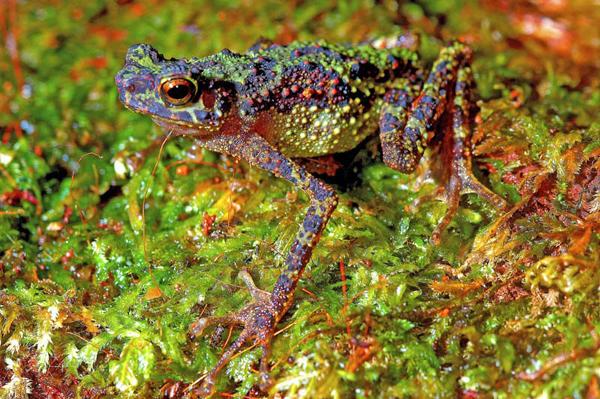
It may seem like humans have explored every nook and cranny of the planet, but there are plenty of places we know little about, and creatures in them we have never seen.
This year, scientists discovered and described an astounding array of new species, from bat's with funny-shaped noses, to orchids that bloom only at night.
Here, OurAmazingPlanet takes a look at some of the myriad species that were found this year.
Walston's Tube-Nosed Bat
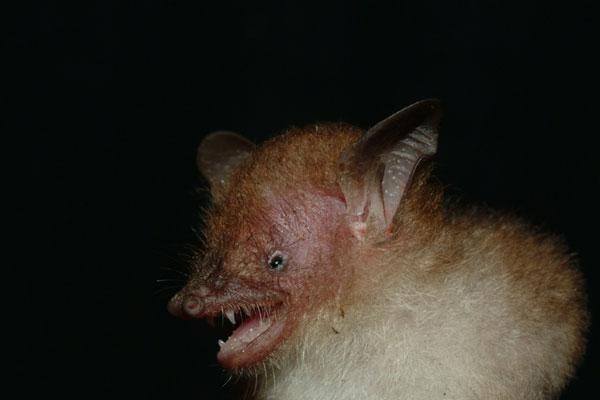
This small brown-and-white bat was discovered during a survey of the Van Sai Protected Forests in northeastern Cambodia.
The species is one of many tube-nosed bats found in Southeast Asia, so named for their remarkable honkers. Little is known about this group of animals, though several new species have been discovered in recent years.
This species was named for Joe Walston, the director for Asia programs at the Wildlife Conservation Society, who began studying bats in Vietnam in 1994.
Rainbow Toad

This little amphibian is more of a re-discovery.
Get the world’s most fascinating discoveries delivered straight to your inbox.
Some 87 years after it was first spotted on the island of Borneo, researchers snapped the first ever pictures of the Bornean rainbow toad (Ansonia latidisca), which hadn't been seen in the last decade and was feared to be extinct.
The effort that found the rainbow toad was part of the global search for lost amphibians by Conservation International, the International Union for Conservation of Nature (IUCN) Amphibian Specialist Group, with support from Global Wildlife Conservation. The large search involved 126 researchers who scoured areas in 21 countries, on five continents, between August and December 2010.
Jaguar' Catfish
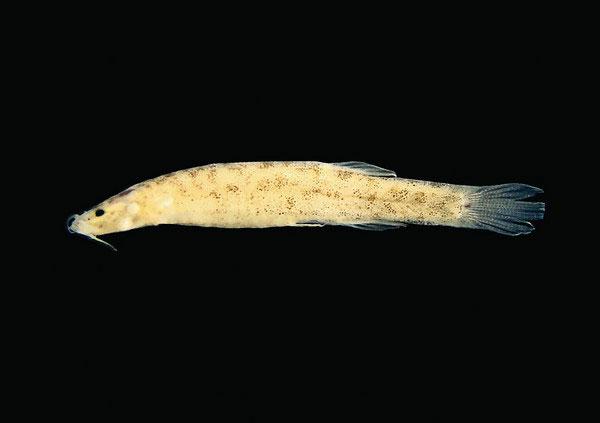
In a previously unexplored area of the Amazon rain forest, scientists discovered a new species of catfish swimming in a tributary to the great Amazon River.
The fish was found during a series of expeditions to explore the biodiversity of the rain forests of the northern margin of the Amazon River in the Brazilian state of Pará, in the world's largest block of protected rain forest, which covers 10 million acres (4 million hectares).
The fish is a cream color with a pattern of dark patches on its body, reminiscent of jaguar fur. For this reason, the fish was named Stenolicnus ix, "Ix" being a Mayan word used to describe jaguars.
Psychedelic Gecko
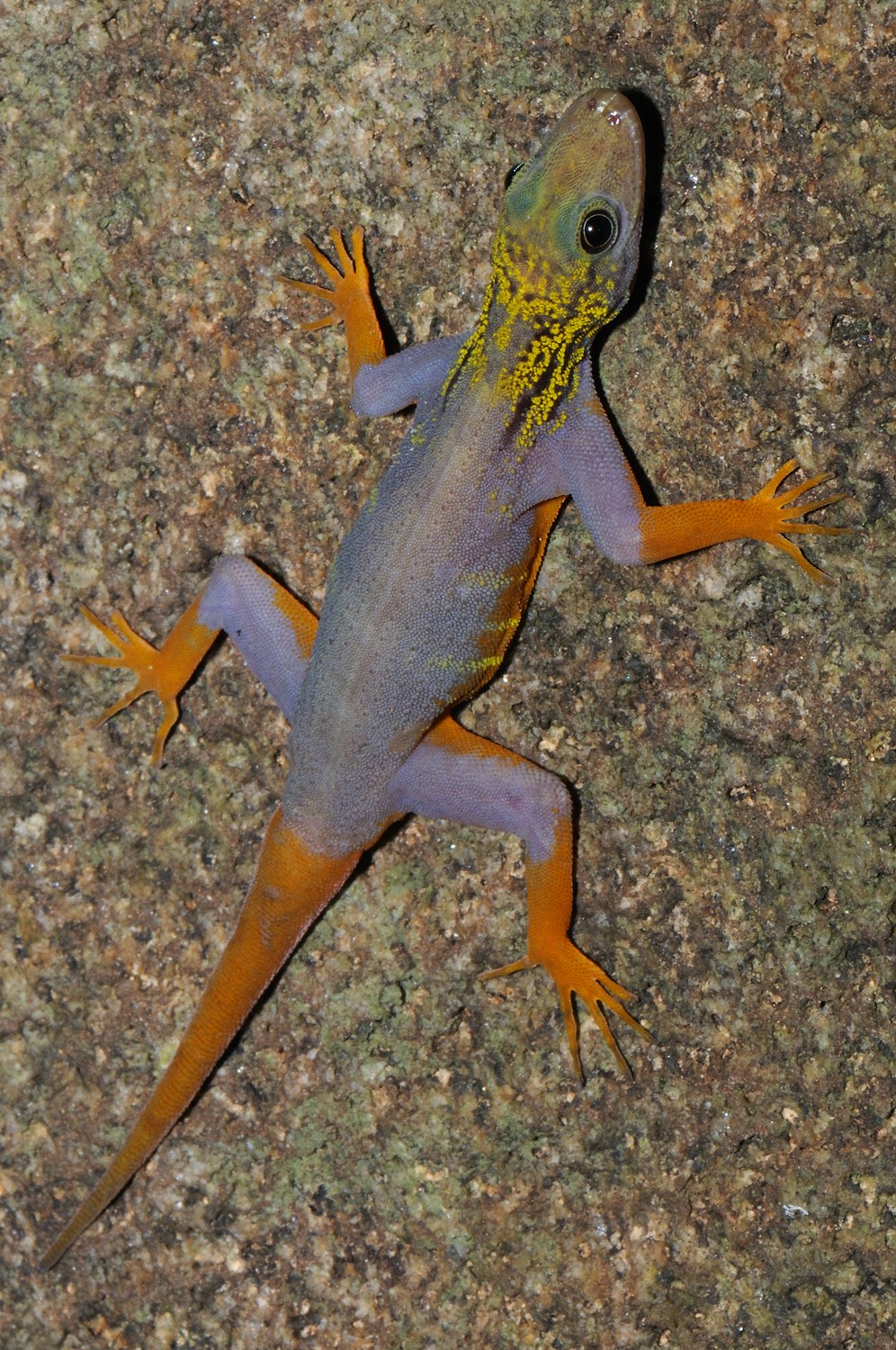
The Greater Mekong region, which sprawls across the countries of Cambodia, Laos, Myanmar, Thailand, Vietnam and China, teems with some of the most diverse, and endangered, species of plants and animals on the planet.
Researchers announced recently announced that they found some 208 species there this year alone.
One new species, a psychedelic-colored gecko, lives only on the tiny Hon Khoai Island, in southern Vietnam. The island's elevation reaches approximately 1,050 feet (320 meters) at its highest point, with thick forests sloping gently down to mangrove tree-lined coasts. The geckos live among the small-to-massive boulders that lie scattered across the island's lowlands.
The geckos are already in danger of extinction.
Butterflies
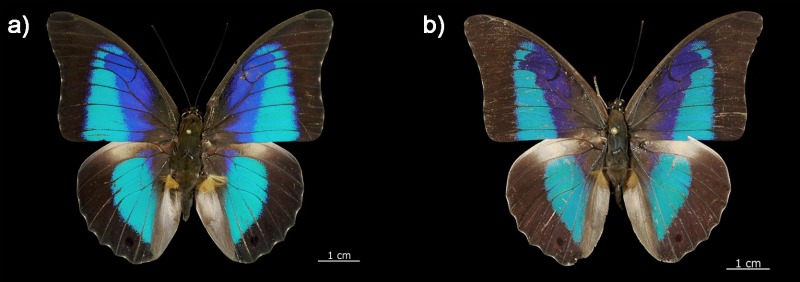
DNA helped identify these new species of butterfly.
Known as "cryptic species," because their markings and body types are nearly identical to previously identified butterfly species, these butterflies actually have different genes.
The interloping butterflies, all found in Mexico's Yucatan Peninsula, have long remained incognito in the collection of El Colegio de la Frontera Sur-Chetumal (ECOSUR), a research center in Mexico. The ECOSUR team used a technique known as DNA barcoding for their research. By looking at the same stretch of DNA in 857 butterfly specimens in the institution's collection, the technique allowed the researchers to root out genetic differences large enough to set one species apart from another and compare the genetic sequences with a large database of known species.
In addition to identifying nine butterfly species that are likely new to science, the genetic study allowed scientists to sort 71 caterpillar specimens into 16 different species and match them with their adult counterparts.
Smallest Frog Species
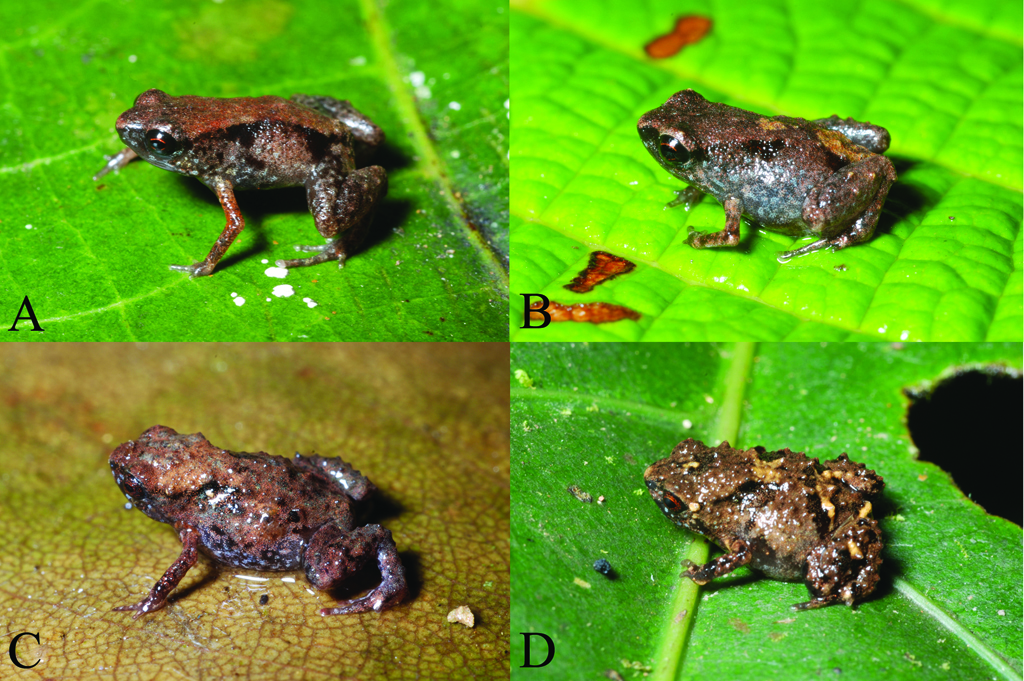
This discovery is a two-fer: Two newly discovered frog species are considered the smallest ever found. The pipsqueaks live in Papua New Guinea and run about 0.4 inches (8-to-9 millimeters) in length.
The two species, Paedophryne dekot and P. verrucosa, are so small they seem to have hit the lower limit of body size for frogs and toads, so it's unlikely that researchers will find anything much smaller.
The frogs are brown or red-brown in color, with camouflaging flecks of brown and blackish triangles on their sides. P. verrucosa has lots of wartlike protrusions on its skin, along with some yellow splotches.
Because of their tiny size, their fingers and toes are too small to allow much climbing, so they have found a niche on the forest floor, where their tiny body size allows them to hide among leaf litter and moss.
Burrunan Dolphin

DNA also showed that this bottlenose dolphin was a separate species from its other coastal-dwelling cousins.
The Burrunan dolphin is smaller than the traditional bottlenose, reaching about 8 feet (2.5 meters) long, but longer than the Indo-Pacific bottlenose. There are also differences in the size and shape of its skull and in its dorsal fin and its snout.
It is a dark bluish-gray near the fin on its back, a color that extends over its head and sides of its body. Their sides are gray and their underbelly is lighter in color, an off-white, covering up to their eyes and flippers.
The new species of dolphins only live in a tiny region off southern and southeastern Australia, with two small populations making up the entire species (about 150 individuals). This region is located close to many urban and agricultural centers, the runoff of which ends up in the dolphin's habitat, potentially putting the species at risk.
Night-Blooming Orchid
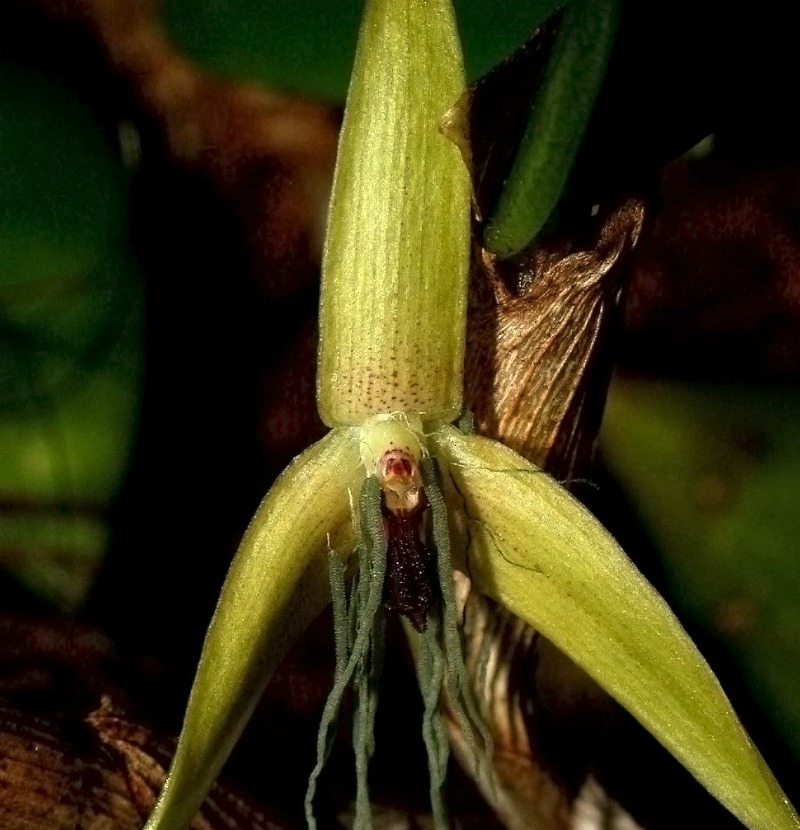
This "nocturnal" orchid, which blooms only under the cover of darkness, was discovered on a tropical island in the South Pacific a first for the orchid world, scientists say.
The new night-flowering species, Bulbophyllum nocturnum, was described by researchers from the Royal Botanic Gardens, Kew, in England, and the Center for Biodiversity Naturalis in the Netherlands.
A Dutch researcher collected specimens of the flower from a logging site on the island of New Britain, part of Papua New Guinea, but it wasn't until he got them home and planted them in a greenhouse that he discovered their night owl ways.
The researchers were disappointed when the buds produced by the plants seemed to wither and die, until one scientists took them home with him and it opened 10 p.m. into an exotic bloom previously unknown to science.
Jewel Beetles
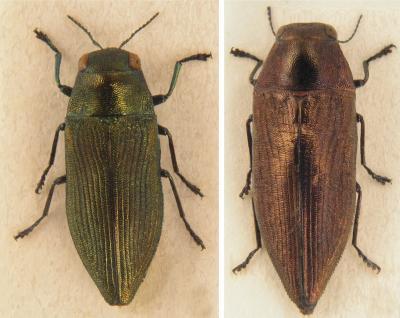
Four new species of shimmery, beautifully colored jewel beetles were discovered this year in southeastern Asia.
The species all belong to the genus Philanthaxia and are distributed among Sumatra, Borneo and Lombok in Indonesia.
The biology and host plants of these new species remain unknown, since the specimens were obtained from the islands' locals.
Titi Monkey
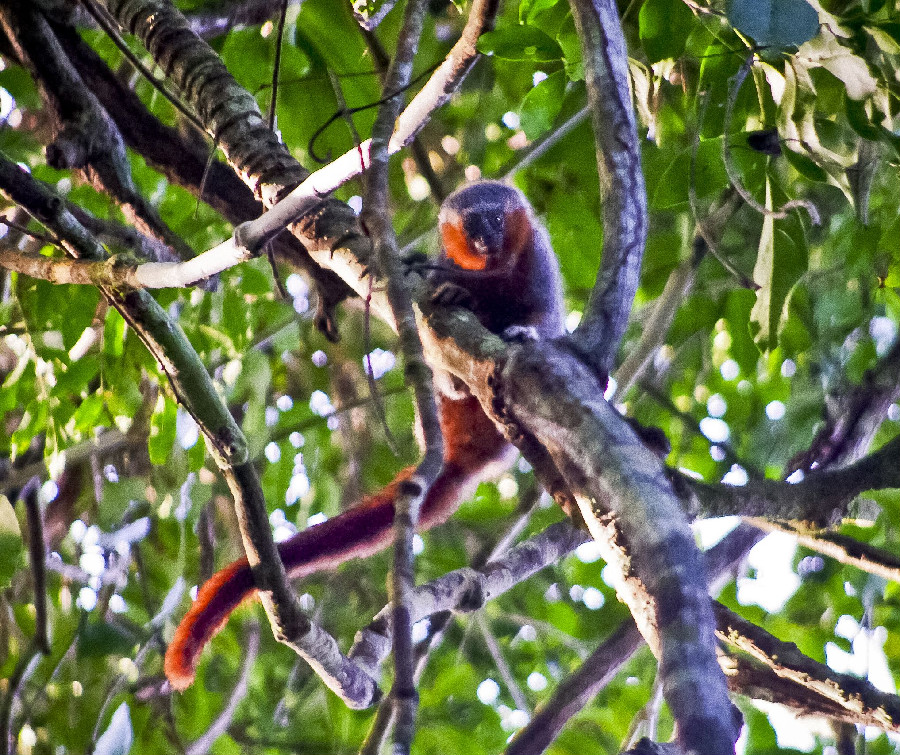
During an expedition in an unexplored part of the Amazon in mid-western Brazil, a potential new species of Callicebus, or titi, monkey may have been discovered.
"This primate has features on its head and tail that have never been observed before in other titi monkey species found in the same area," said Julio Dalpone, the biologist who discovered the monkey during the World Wide Fund for Nature-backed expedition.
The 20-day expedition undertaken in December of 2010 explored four protected areas of the Guariba-Roosevelt Extractive Reserve, the Tucumã State Park and the Roosevelt River and Madeirinha River. The team also found 48 species of mammal, including armadillos, anteaters, deer and monkeys, as well as 313 species of birds, including some that had only previously been seen in other South American countries.



